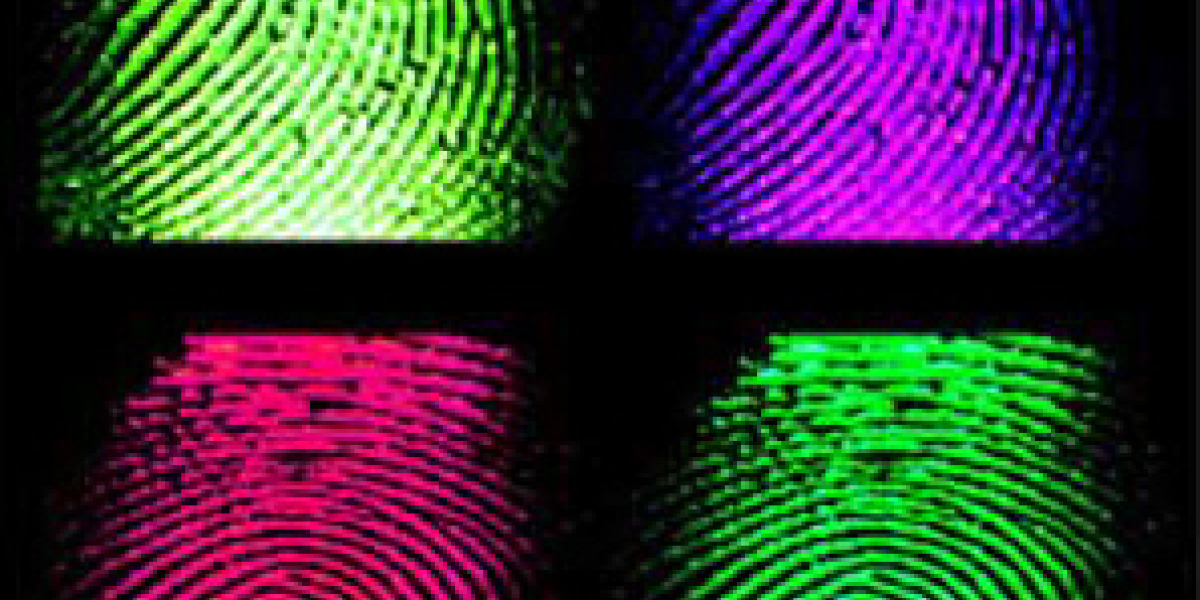Stay safe while processing evidence

For forensic scientists and technicians there are innumerous ways to capture, preserve and identify evidence. Fingerprint analysis alone has hundreds of reported methods for detecting and isolating fingerprints.
These processes often require the use of chemicals and other substances that can be harmful to the technicians. United States Code of Federal Regulations (CFR) has established requirements for every working laboratory that address the use of harmful substances and chemicals. Specific information on establishing chemical hygiene plans, standard operating procedures (SOPs) and accident emergency plans are outlined in 29 CFR 1910.1450.
The take-away from this is that under Federal Law, workers should be protected from their work by utilizing procedures and equipment specifically tasked with protecting them from what they are working with. OR, more simply put, the lab shall be outfitted with the appropriate means by which to protect its inhabitants.
A lot of analysis and decision making can go into this, but it doesn’t have to be difficult. For instance, a common method for locating and processing latent finger prints on paper products utilizes a ninhydrin solution; ninhydrin is a harmful crystalline substance.
When in solution it can become aerosolized, increasing the possibility of exposure. It is highly recommended that procedures utilizing this chemical be done in well ventilated areas, preferably in chemical ventilation equipment. Cyanoacrylate (CA) is also widely used for preserving and fixing latent prints during evidence review.
This vaporized super glue can cause a number of skin, eye and salivary irritations. To protect technicians from this, there are many mobile fingerprint chambers that utilize a carbon bed filter to rid the airstream of the CA before it reaches the user’s breathing zone.
Back in the lab, these protocols are done inside of cabinet chambers, fume hoods, and other well ventilated enclosures. Many small forensic laboratories are outdated and are not funded to provide state of the art equipment.
However, this should not be a reason to be complacent about one’s safety. Ask yourself these questions: throughout the day, what am I doing? Am I protected? Do I need more protection? Now follow through.
| chevron_left | Application Note: RapidVap Vertex Evaporator | Articles | How to freeze dry faster | chevron_right |






